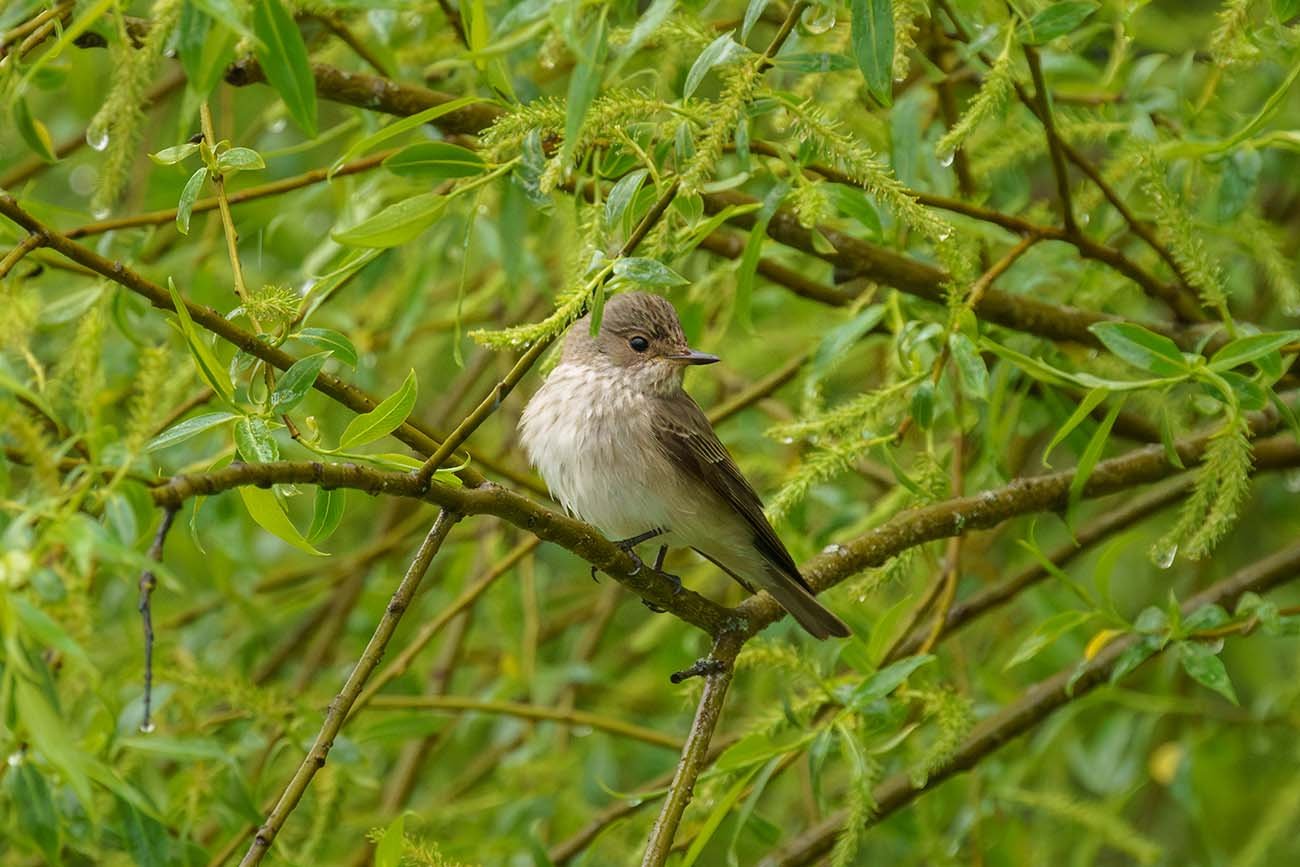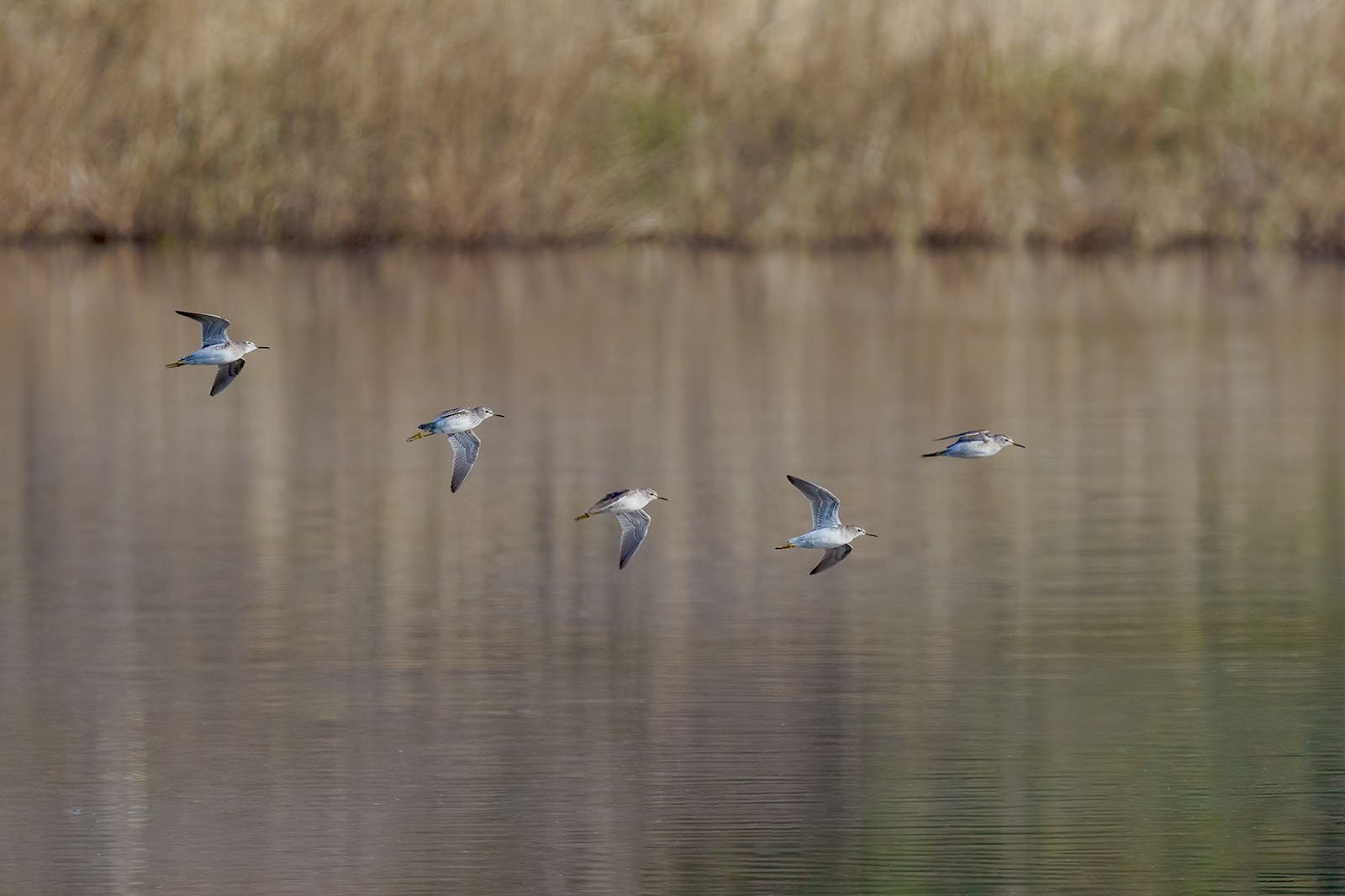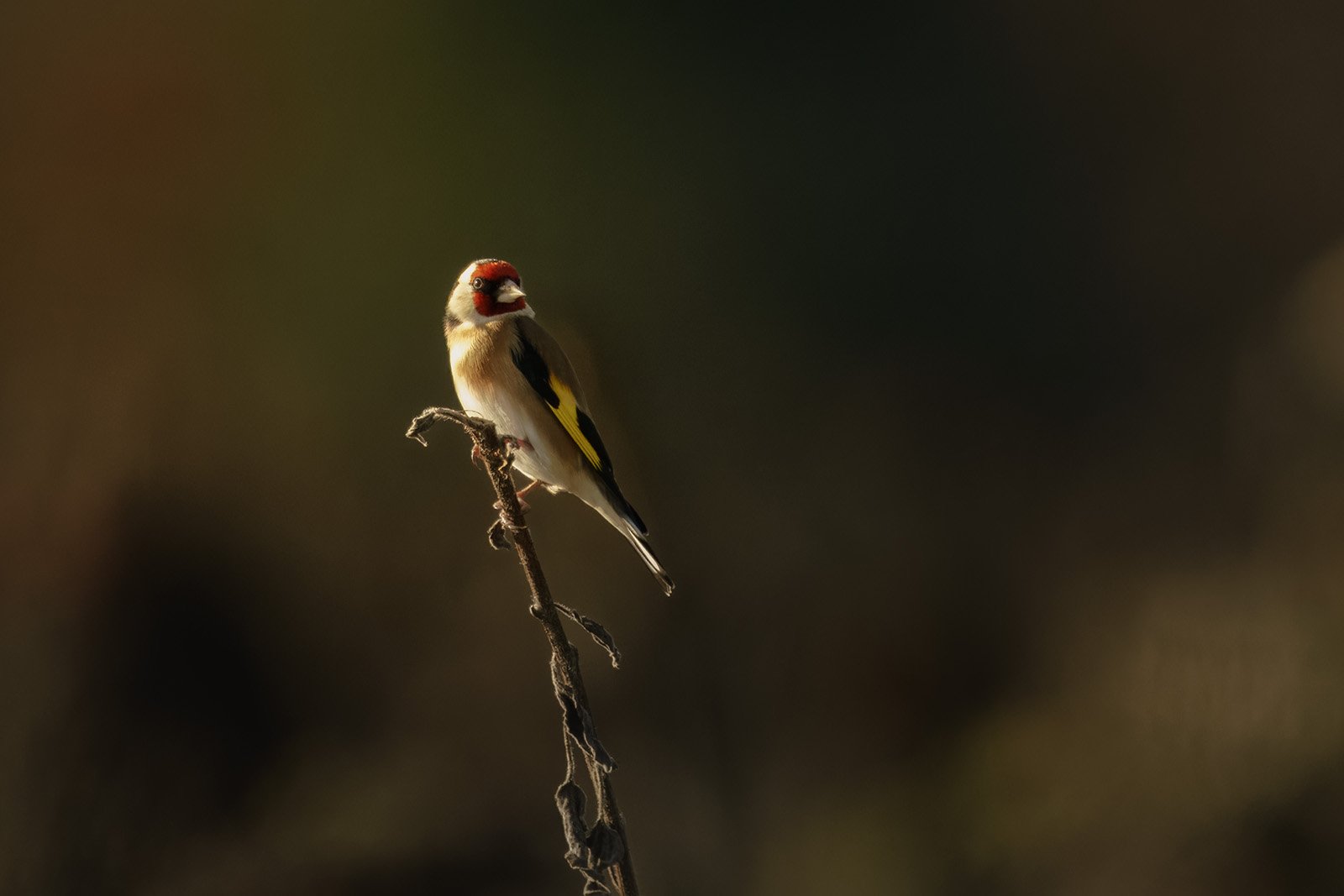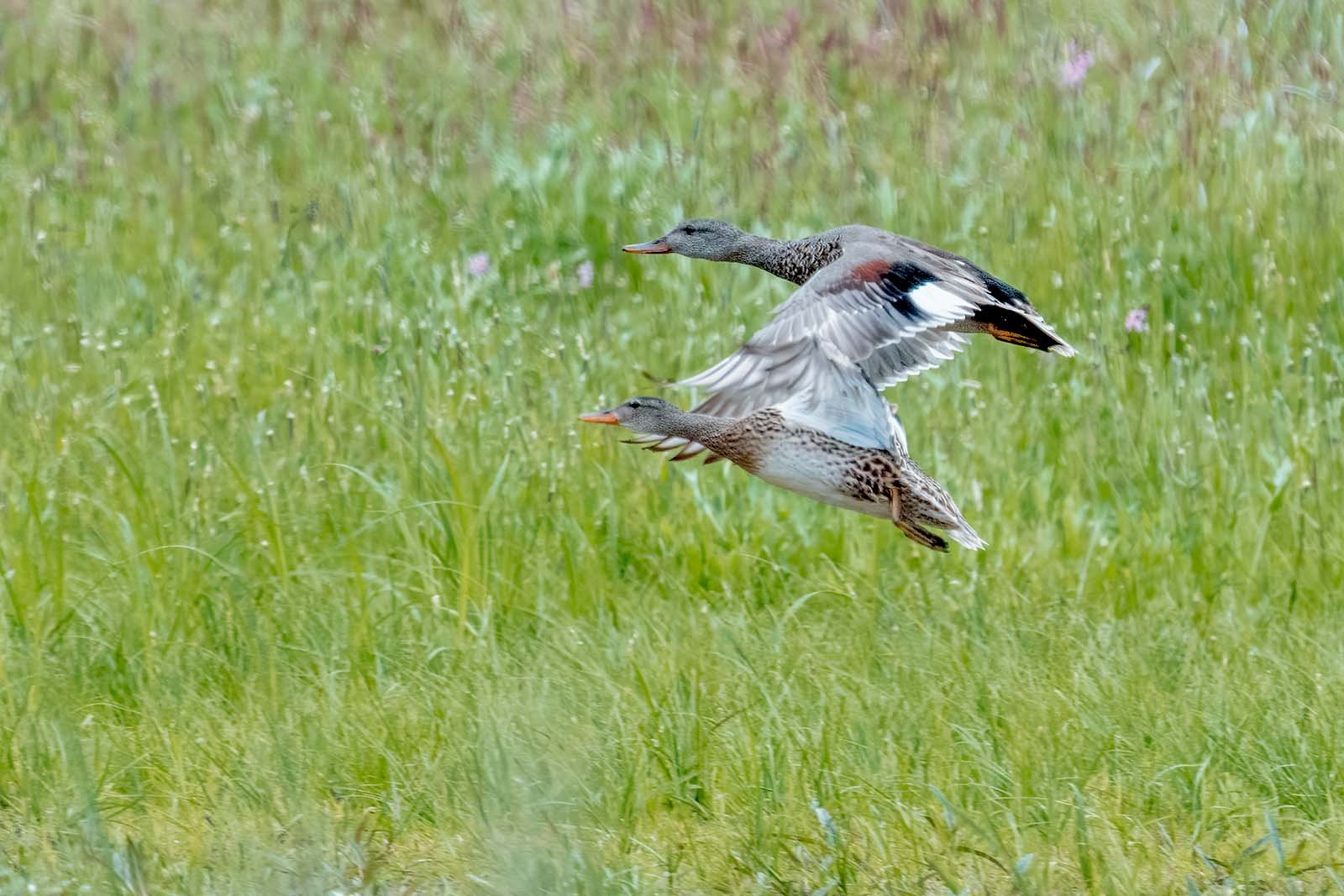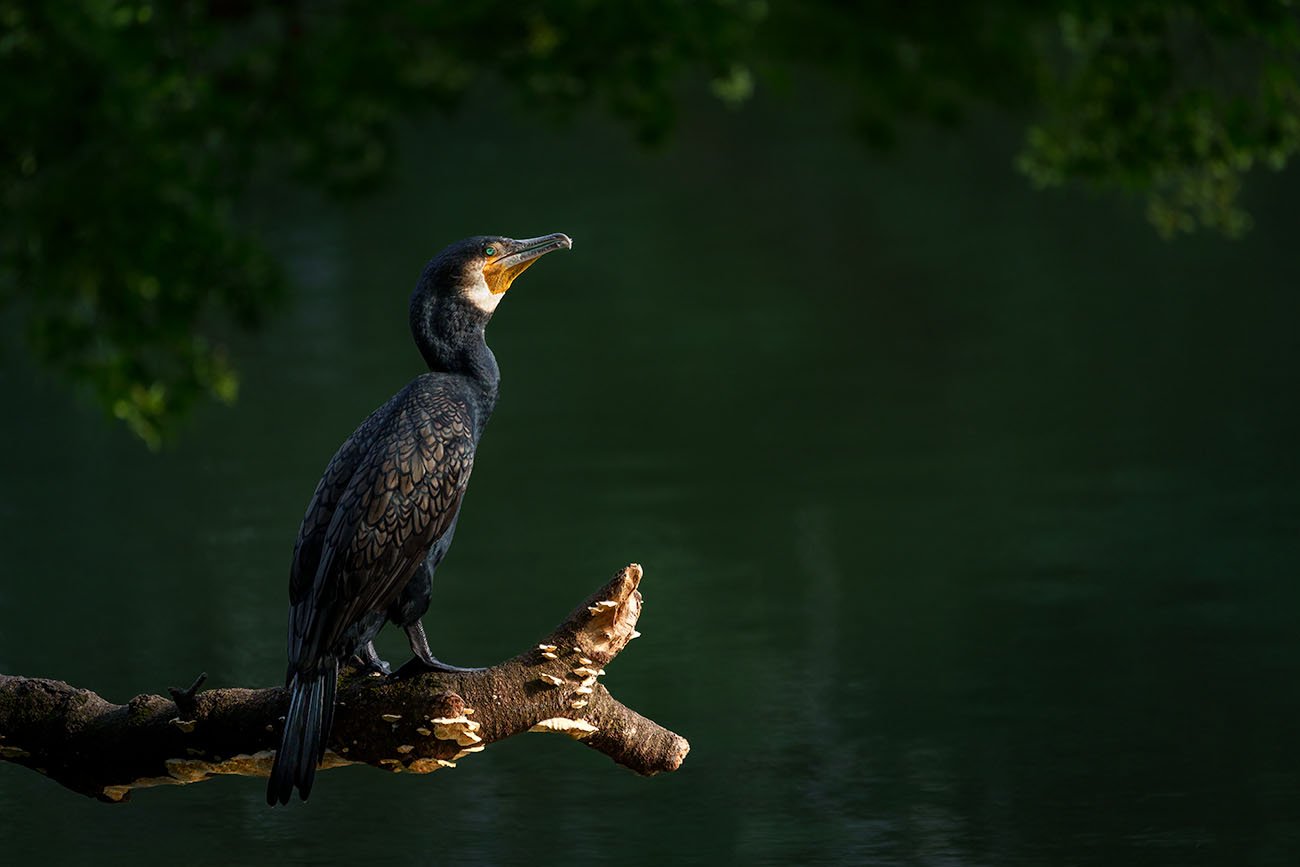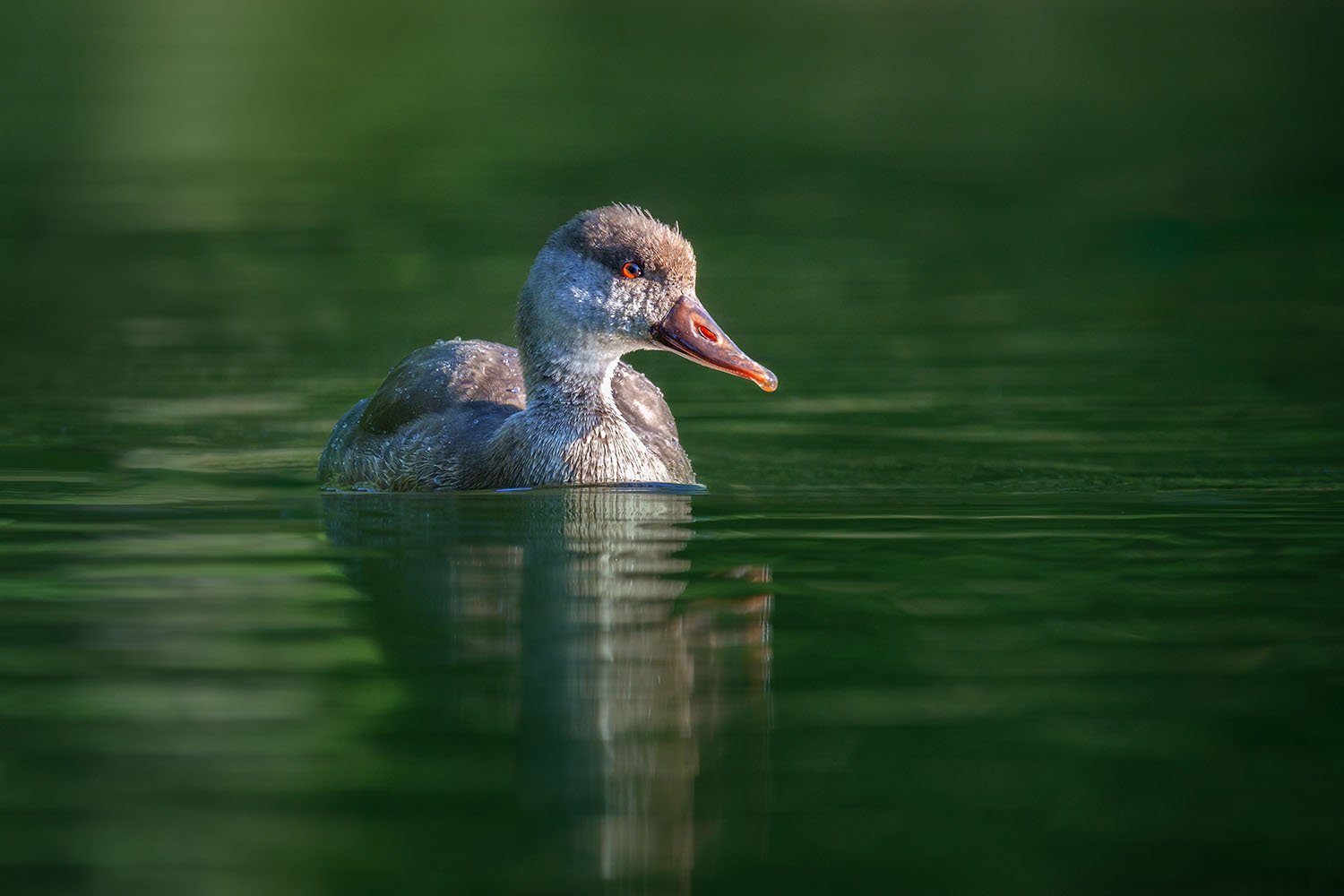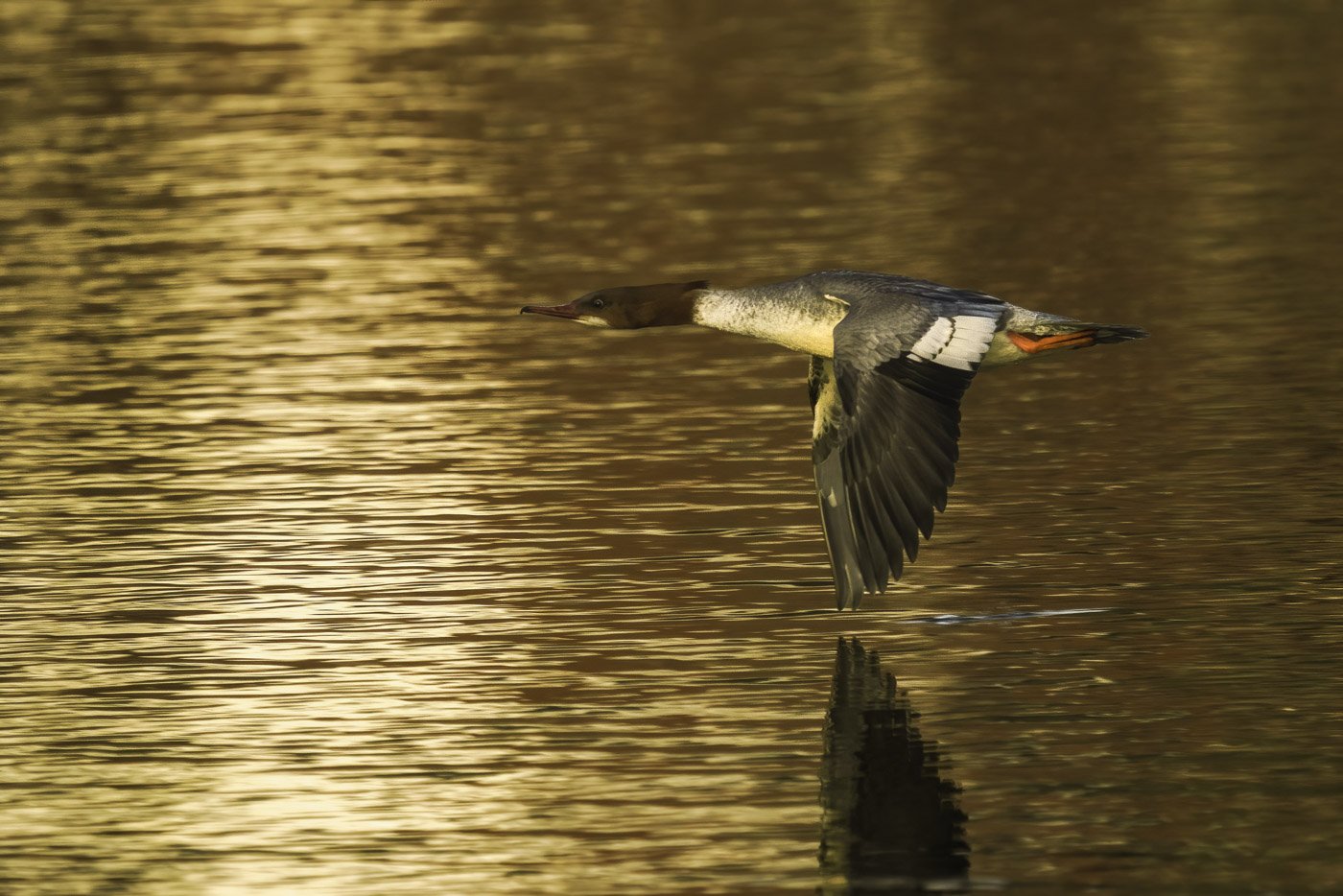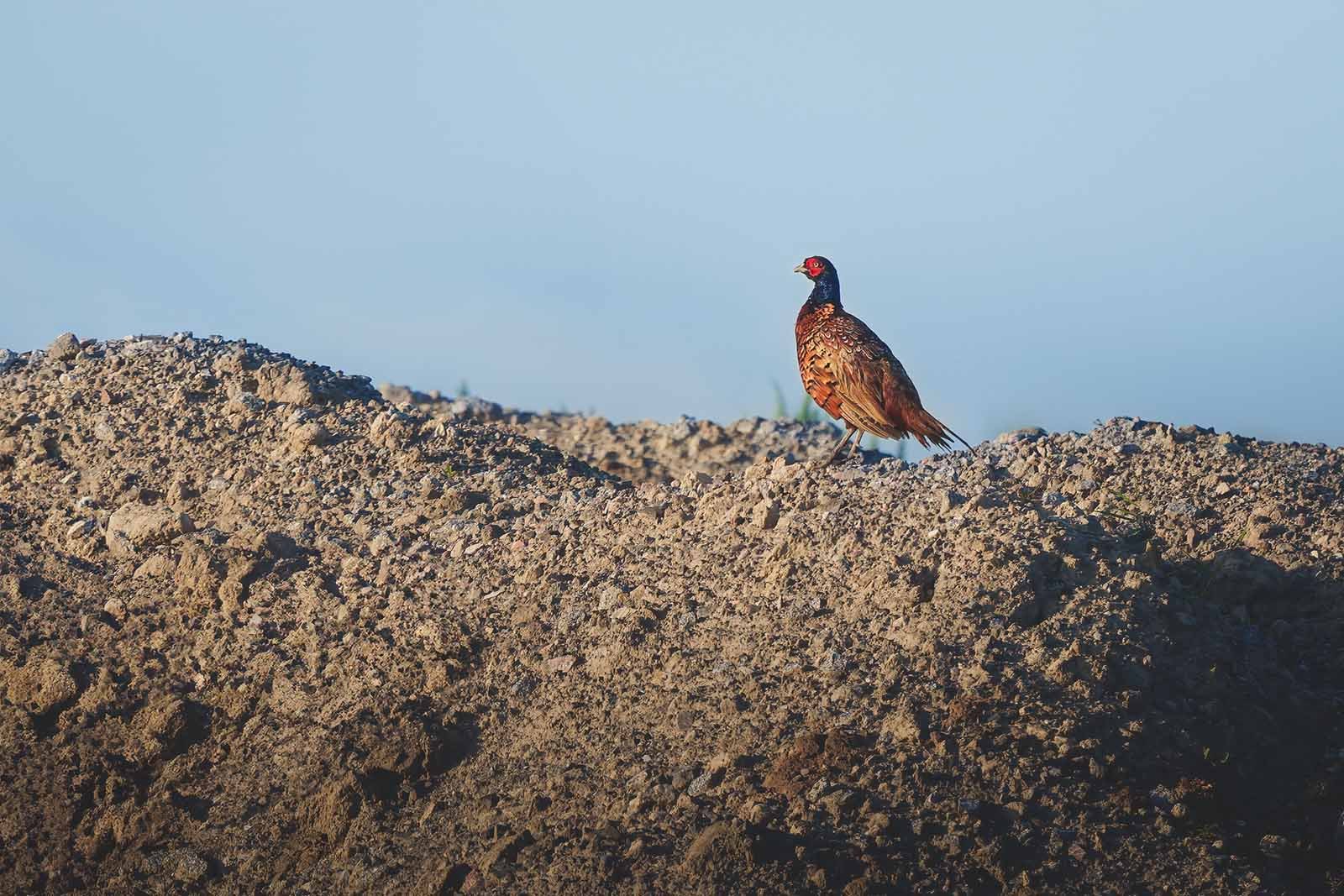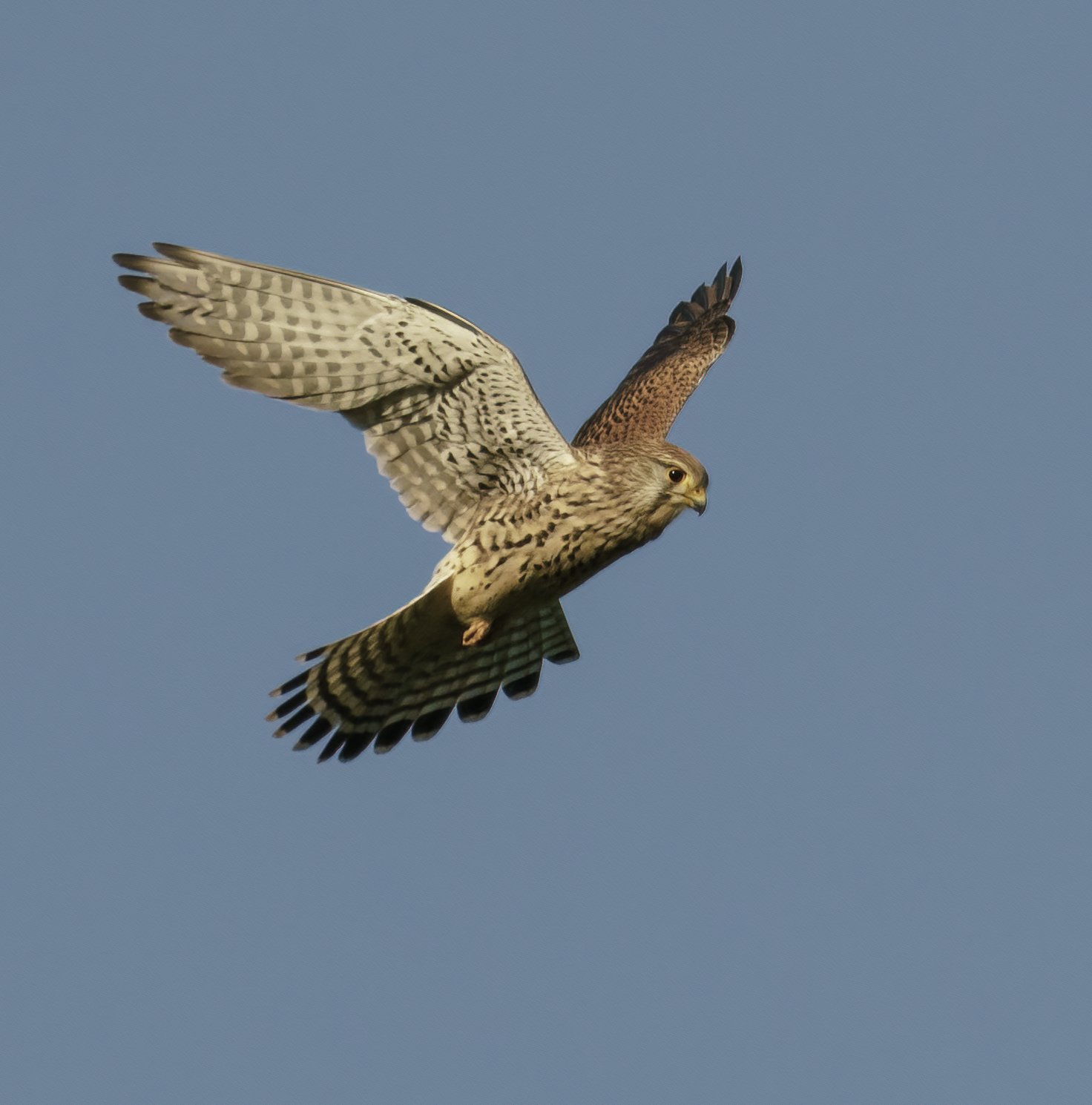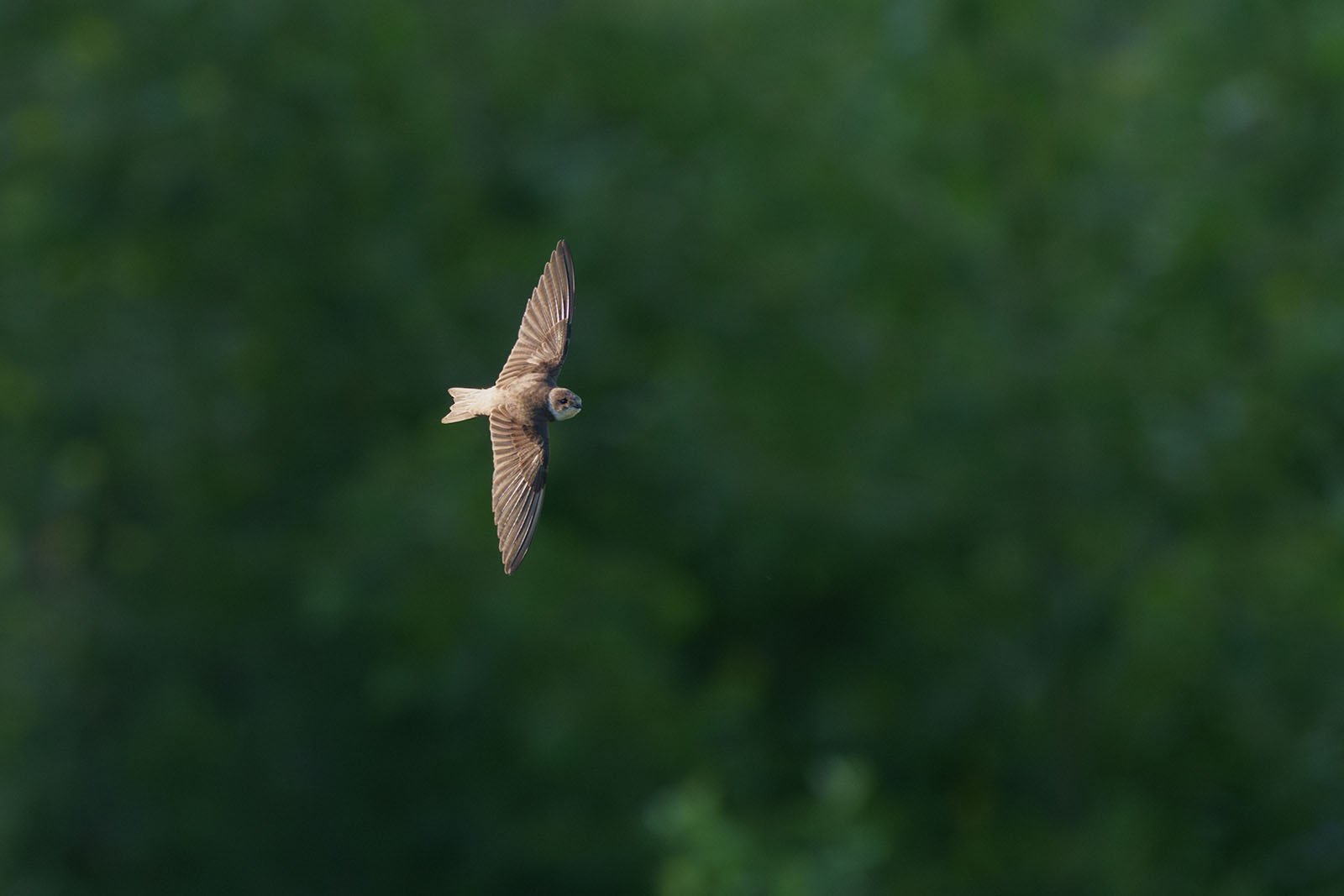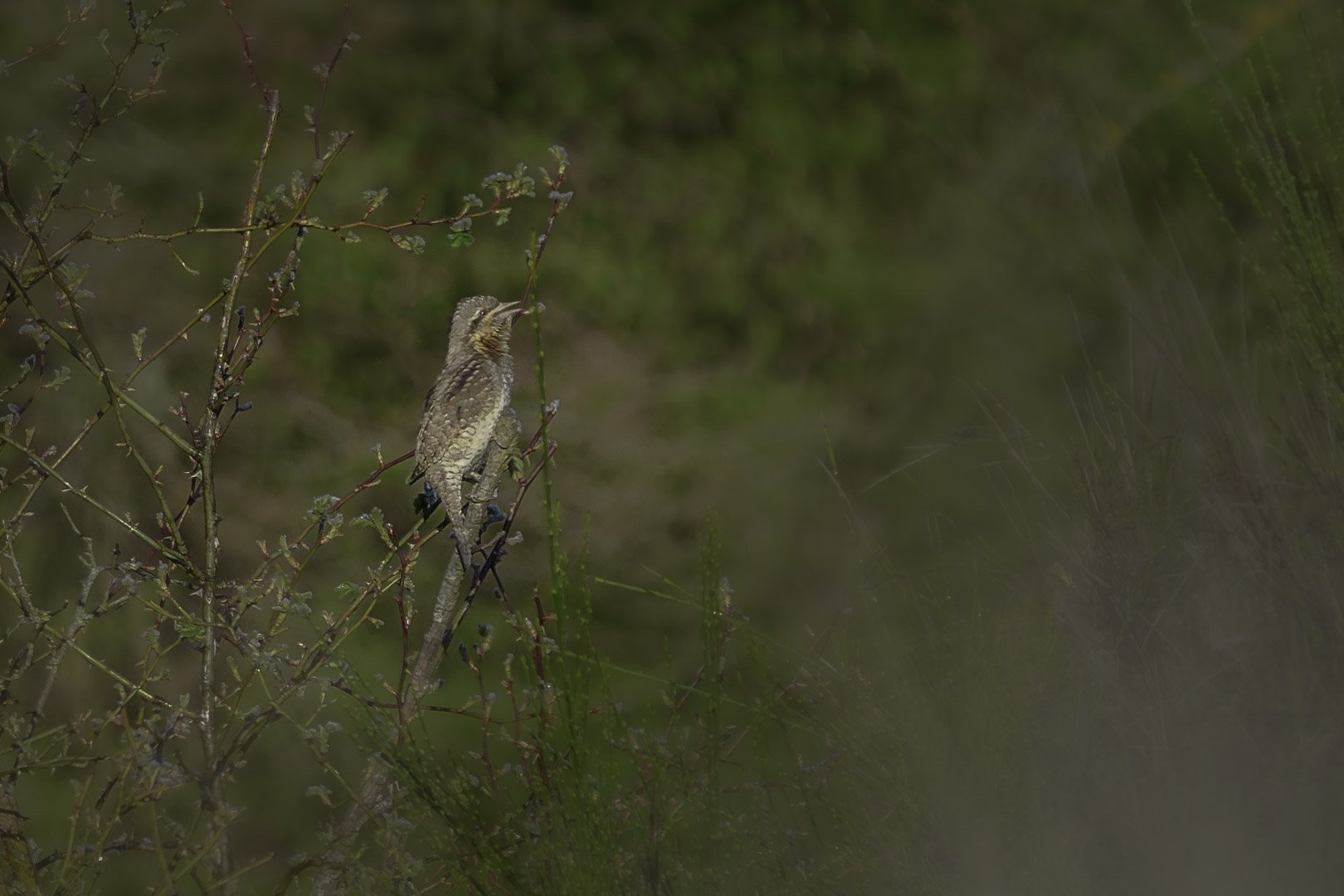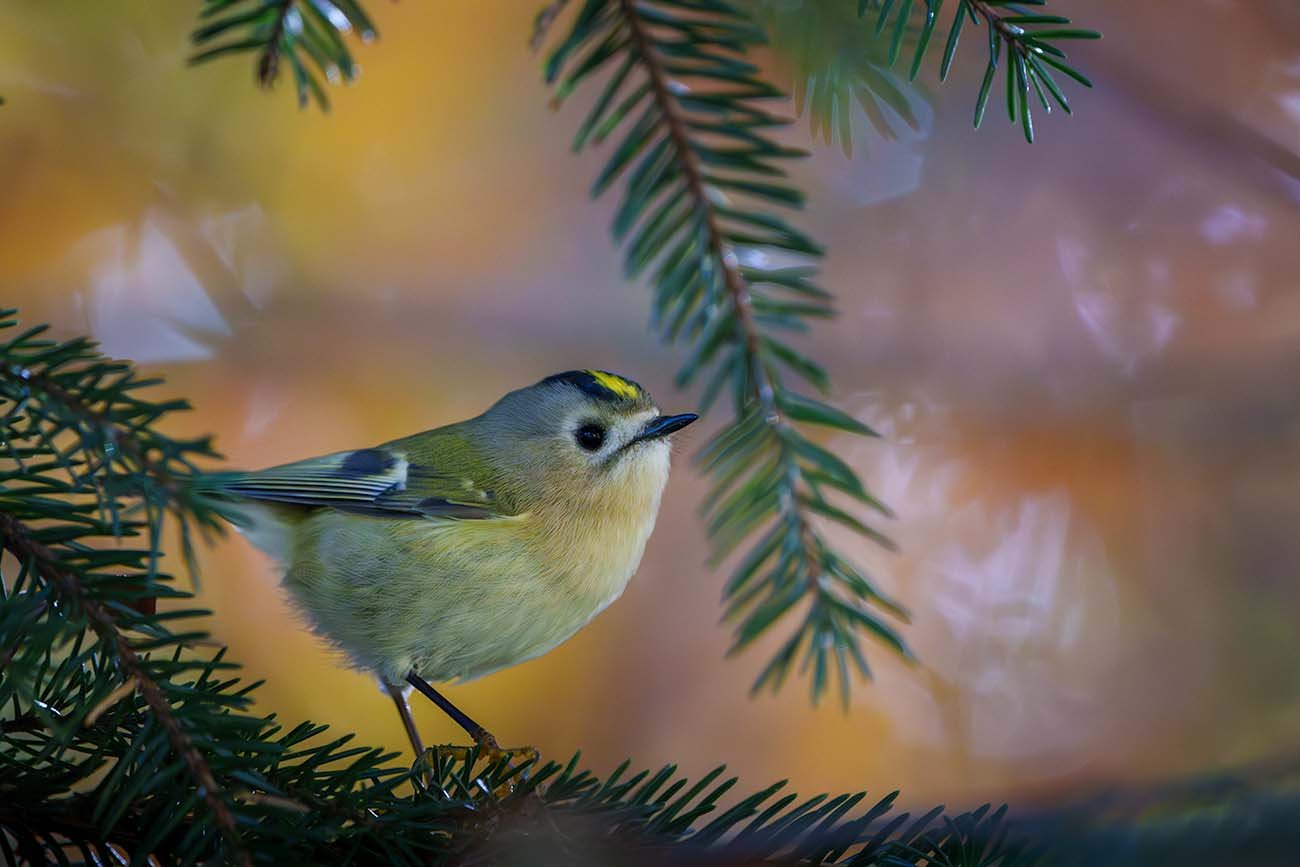Great crested grebe (Podiceps cristatus)
Great crested grebe (Podiceps cristatus)- This photo was taken in Bavaria, Germany
Key data
Size: 46 - 51 cm
Weight: 800 - 1400 g
Diet: Fishing, water snails, frogs, crustaceans
Season: All year
Observation tip: Southwestern Europe, North Africa, China
Photography tips:
Lens: 400 mm or greater
Difficulty level: Moderate
The Great Crested Grebe (Podiceps cristatus) is a medium-sized waterbird that is native to Europe, Asia, and North Africa. It is a striking bird with a magnificent breeding plumage consisting of an orange throat patch, a black, and white head cap, and a black feather crest on the back of the head.
With a body length of 46 to 51 centimeters and a wingspan of 59 to 73 centimeters, the Great Crested Grebe has a compact body. The powerful, short legs are set far back on the body and have webbed feet.
Great Crested Grebes live on lakes, ponds, and rivers and feed on fish, water snails, frogs, and crustaceans. During the breeding season, they build nests from plant material and lay 2 to 4 eggs. Both parents raise the chicks.
Great Crested Grebes are very shy birds and often hide underwater to protect themselves from predators. When they feel threatened, they dive and swim underwater to escape. Great Crested Grebes are also known for their courtship rituals, during which they present each other with plant material and dip their heads into the water.
The Great Crested Grebe is distributed throughout much of the middle latitudes, subtropics, as well as from southwestern Europe and North Africa to China. They can also be found south of the Sahara and in the south and east of Australia and the South Island of New Zealand. Some populations are resident birds, while others are migratory, wintering on large inland lakes or coastal waters. In Europe, they use lakes such as Lake Geneva, Lake Constance, and Lake Neuchâtel as wintering grounds. They are also numerous on the west coast of Europe, remaining there until February or March. The Caspian Sea, the Black Sea, and some inland waters in Central Asia are also important wintering areas. In East Asia, they are mainly found on the coasts of southeastern and southern China, Taiwan, Japan, and India.
In Central Europe, Great Crested Grebes mainly live in water-rich areas up to the middle mountain ranges and are relatively common here. The highest breeding sites in Switzerland were found at an altitude of 1,050 meters, while in Germany they can be found up to an altitude of 810 meters. Some eastern populations are migratory birds and winter on the coasts of western and Southern Europe. In Germany, they are mainly resident birds, but can migrate to the coasts when lakes are frozen for an extended period.

